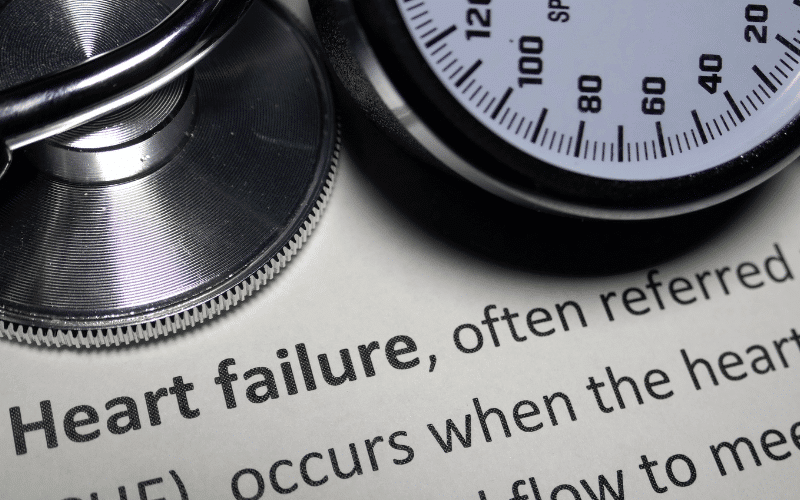Introduction: Unraveling the Mystery of Chronic Diastolic Heart Failure

Chronic Diastolic Heart Failure (CDHF) is a medical condition that hides in the shadows, frequently overlooked yet affecting a significant proportion of the population. Its silent but extensive impact on people’s quality of life is a testament to its sneaky yet potent presence. To unveil the enigma that is CDHF, it becomes crucial to understand its intricate workings and the signs that almost always indicate its existence.
CDHF is not your typical heart disease. It is marked by the heart’s reduced ability to fill with blood, a crucial part of the organ’s function that often gets overshadowed by the more noticeable pumping action. In cases of CDHF, the issue is not the heart’s inability to pump out blood effectively (a characteristic of systolic heart failure), but a problem with the ‘relaxing’ phase of the heart. This condition is characterized by a stiffening or thickening of the heart muscle, leading to a reduced capacity to fill with blood between each heartbeat.
Now, you may be wondering, how prevalent is CDHF? This heart condition might fly under the radar of early detection, but it is surprisingly common. The reach of CDHF is extensive, touching the lives of millions. Current studies suggest that about half of the 6.2 million Americans struggling with heart failure are dealing with diastolic heart failure. More alarmingly, its occurrence appears to be increasing among older adults, with CDHF accounting for 80% of heart failure cases in people over the age of 85.
This introduction is your first step towards recognizing and understanding the complexity of Chronic Diastolic Heart Failure. As we journey deeper into the topic, we will uncover the 10 significant symptoms associated with this condition, helping us not only recognize it but also manage it effectively.
Symptom 1: Dyspnea – The Silent Breath Bandit

Dyspnea, or shortness of breath, emerges as one of the prominent indicators of CDHF. There’s a stark difference between being winded from a good workout and the constant struggle for breath that individuals with this condition experience.
In the realm of CDHF, the breathlessness tends to intensify with physical exertion or when one is lying down. Picture a person gasping for air, a respiratory distress often compared to the sensation of drowning or being smothered. This alarming symptom is a consequence of the heart’s inability to fill adequately with blood, leading to fluid accumulation in the lungs.
Now, let’s break down the mechanics of it. When the heart stiffens due to CDHF, it cannot relax and fill with blood between beats as it should. This causes the blood returning to the heart to back up in the circulatory system, ultimately causing fluid leakage into the lungs. This fluid interferes with normal gas exchange, leading to the sensation of breathlessness.
Breathlessness doesn’t just affect the physical aspect of life; it also significantly impacts the psychological well-being of individuals. It can lead to anxiety, depression, and social isolation as people grapple with the daily challenges of coping with this distressing symptom.(1)